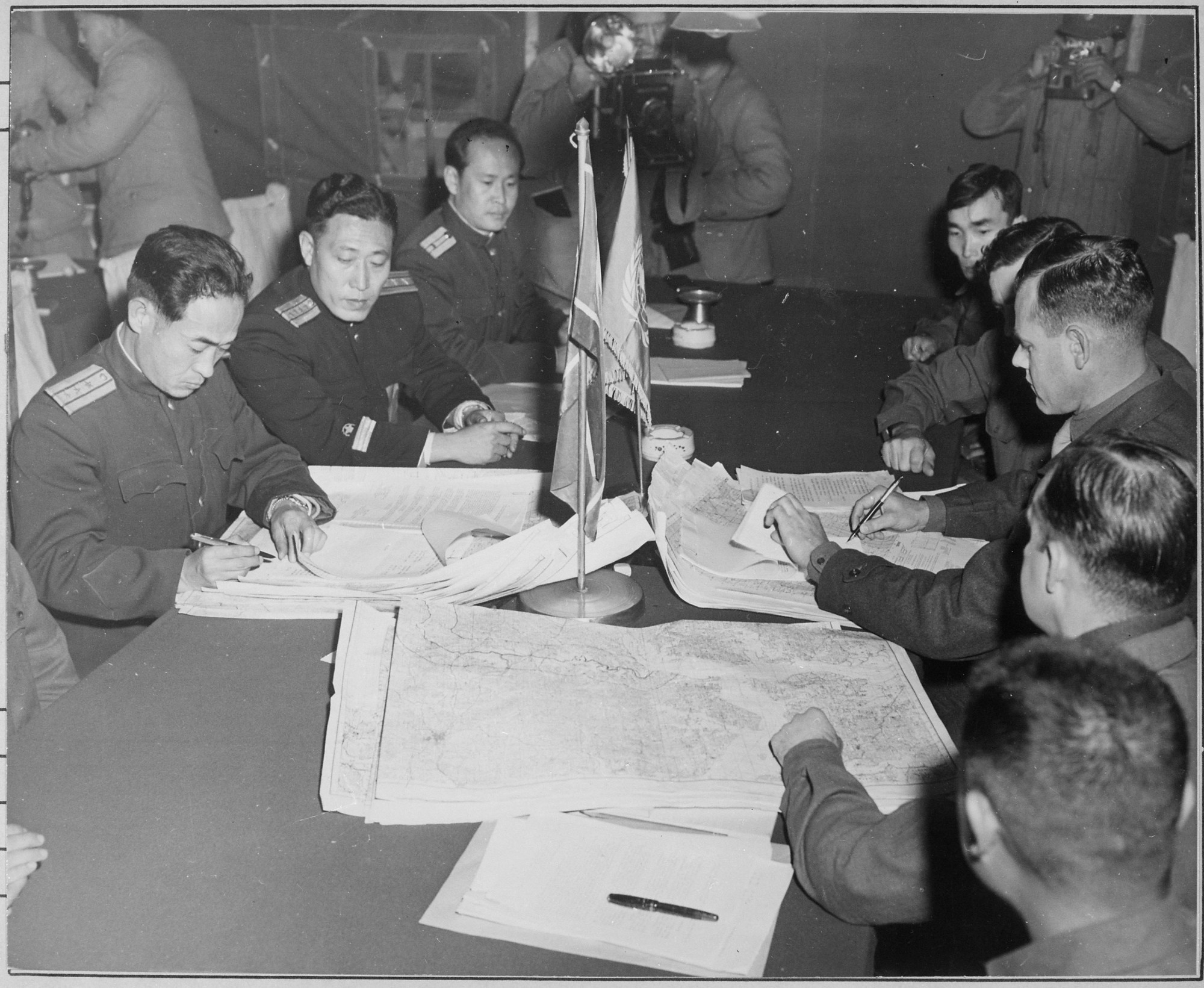The Korean Armistice Agreement was signed 65 years ago Friday, wrapping up negotiations that spanned 158 meetings over two years and 17 days — the longest negotiated armistice in modern history. Those protracted talks proved quite costly in human terms: During the negotiation period, United Nations forces suffered 140,000 casualties and the U.S. lost 8,000 soldiers.
Yet the resulting agreement has kept relative peace on the Korean Peninsula for six decades, underpinned one of America's most important alliances, and enabled South Korea's remarkable rise to prosperity. It continues to shape the political and military situation in East Asia to a unique degree. Without an understanding of this armistice, current efforts to foster peace and unification on the Korean Peninsula stand little chance.
By 1953, the Korean conflict was becoming reminiscent of World War I's "static front" and threatened to escalate into a third world war. With the prospect of an outright military victory growing more distant, U.S. military commanders, including President Dwight D. Eisenhower, had come to favor an armistice as a second-best solution. On July 27, military authorities from China, North Korea and the U.S. signed an agreement that ended hostilities but fell short of a full peace treaty. It included a cessation of military operations, the repatriation of prisoners of war, and the creation of the now-infamous military demarcation line and demilitarized zone, or DMZ.



















With your current subscription plan you can comment on stories. However, before writing your first comment, please create a display name in the Profile section of your subscriber account page.